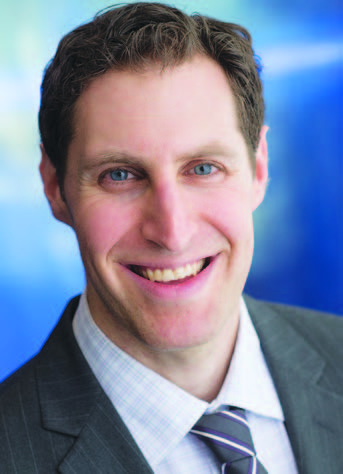Doctors in a dangerous time (safety first)
 |
| Dr Eric Cadesky |
After my first week of rural rotation I felt pretty comfortable. As a medical student, it was my first time in Atlantic Canada and the elective was working out well. My preceptor, bespectacled and frosty-bearded, would pick me up in the morning and we would discuss my previous night’s reading. Upon arrival at the clinic bungalow, I was given my own fluorescent room in which to see patients before meeting back in the office with its dark leather chairs and large oak desk to discuss the case. Lunch was slow and social as we met other community doctors for educational talks. (For fear of the answer and the loss of plausible denial, I didn’t ask who sponsored those sessions.) The afternoon repeated the morning’s clinical rhythm and my preceptor would drive me back to my host family’s home at the end of day, all the while recounting lessons learned from his decades of experience.
Everything seemed fine until one late afternoon when, as we prepared to leave, the office assistant sheepishly knocked on the office door. A young woman had come to the clinic asking to be seen. “I told her we’re closed, but she insists on seeing you. She’s pregnant and doesn’t want to be.” My preceptor barely lifted his head and replied through terse lips, “Well, tell her we don’t tolerate that kind of thing around here. She can come back if she wants prenatal care. Eric, you ready to go?” And like that we left out the back and climbed into his car for a silent ride home. We never saw that woman. We never spoke of it again.
I often think of that moment and the emotions that followed: guilt about not speaking up, anger at my preceptor’s decision, depression over my apparent impotence, and denial that it was okay because she would have received care elsewhere, right?
Acceptance has been a farther reach. Yes, my preceptor was my lifeline for education, evaluation, transportation, and social interaction. But I could have challenged him about his duty to care. I could have offered to see the woman. I could have done something. I could have done more.
Medical school is a distant and complex memory and, as a practising physician, now I can do more. I can be aware of my body language and my choice of words. I can work with my colleagues to design a welcoming clinic and train staff to respect everyone who comes in. I can encourage learners to question what they have been told to just accept. I can be open to criticism and solicit feedback to understand the things that I don’t know I don’t know. Our behaviors and our systems and our attitudes tell others how we value their belonging in our world.
There are and will continue to be many contentious issues that engender strong reactions because we care deeply. But we can strive to debate passionately about issues while respecting each other as people worthy of belonging. Because no matter our individual views on abortion, taxation, medical assistance in dying, substance decriminalization, and allocation of resources (to name a few), we all want the best for our patients, our communities, our families, and ourselves.
None of us is perfect, but we can learn from and forgive our mistakes and those of others. Because only by looking out for each other and creating safe spaces for diverse opinions can we truly be “Better Together.”
—Eric Cadesky, MDCM, CCFP, FCFP
Doctors of BC President

